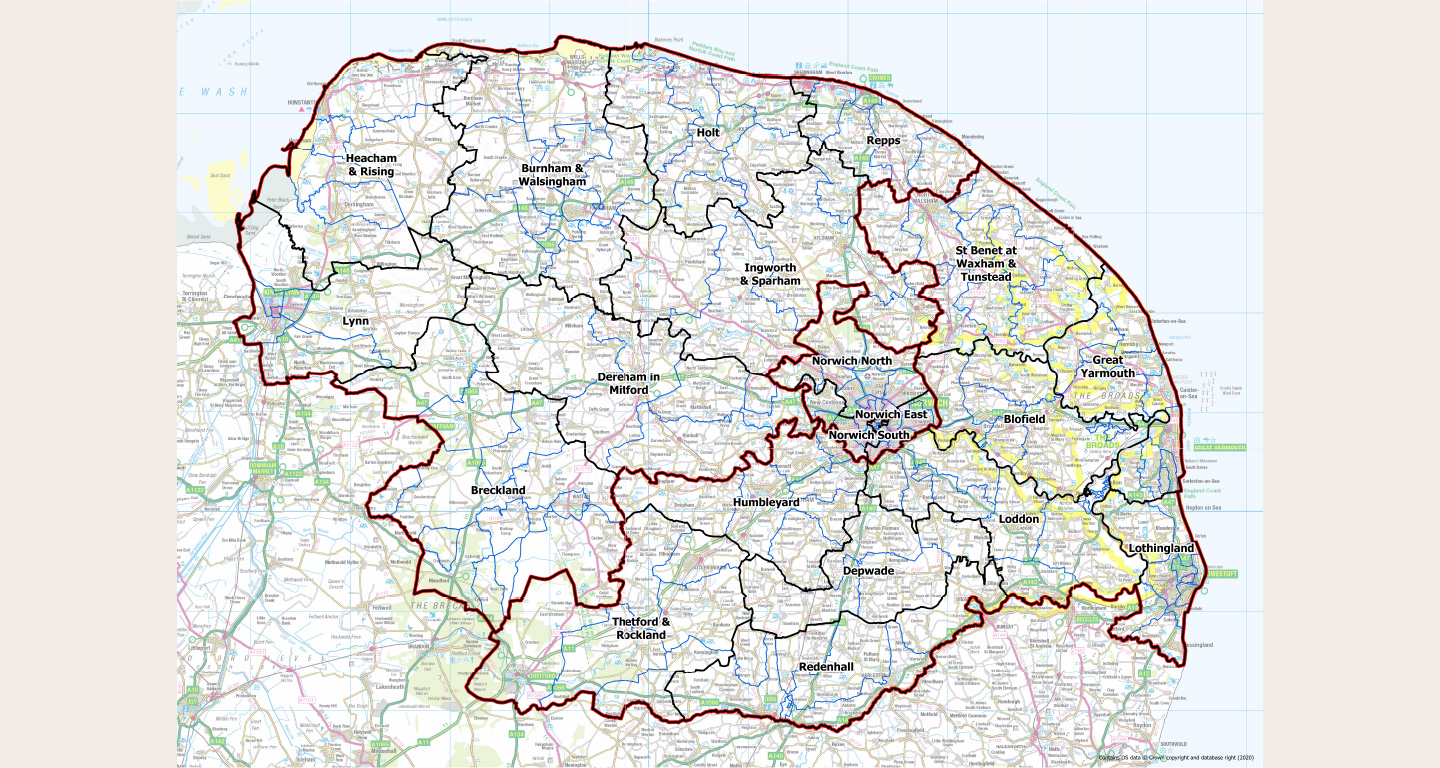A review into the pattern of deployment of stipendiary (paid) clergy is being led by the Bishop of Thetford, the Rt Revd Alan Winton, and calls for ‘honest conversation, prayerful reflection and hopeful action.’
Local consultation with deaneries and benefices will guide the overall aim of reducing stipendiary clergy numbers by 10 per cent – around 15 posts – and it is expected this reduction can be achieved as clergy retire or move on to new posts.
Across the Diocese, priority will be placed on areas of deprivation with the lowest income communities, as well as areas of high population. A rebalancing will need to take place where, for example, there is currently one benefice with a population of over 20,000 served by one stipendiary priest, whilst a number of other benefices of less than 2,000 people are each served by one stipendiary priest.
Central support costs are also being reviewed with a view to making substantial savings and working towards achieving a balanced budget. With fewer benefices envisaged, without taking action on central costs each benefice would have to contribute more which would not be sustainable.
Writing in a paper about the review (which can be downloaded here), Bishop Alan highlights the need for “a renewed drive for more people called to offer for Self-Supporting Ministry and as Licensed Lay Ministers (Readers).” He highlights the success of the Authorised Worship Assistants initiative and the need to build upon it “perhaps with further forms of authorised lay ministry”.
In addition, as the Diocese with the highest number of medieval church buildings in the country and the second largest number of church buildings of any diocese, action will need to be taken to address the increasing burden these buildings place upon many benefices. With fewer stipendiary clergy, there will need to be a reduction in the number of church buildings that remain in regular use for worship, with some buildings designated as Festival Churches where they are not required for regular worship but remain a local asset. Honest conversations about the mission potential, viability and alternative uses of our church buildings will be part of the local discussions.
- You can listen to Bishop Graham responding on BBC Radio Norfolk to questions about the challenges the Diocese faces.
- You can download the deployment review paper which reflects upon the challenges and opportunities and draws out seven guiding principles in response.


